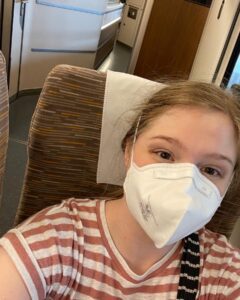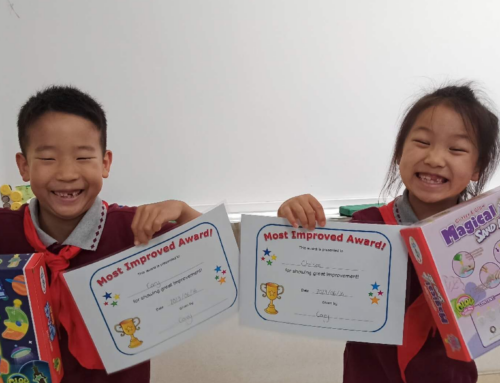All of us here at Impact Teaching have worked in China ourselves in the past, and the country holds a special place in our hearts. As such, we’re passionate about ensuring that teaching in China remains an option for our candidates.
The pandemic has made things a lot more complicated, but luckily some of our teachers have been able to travel recently.
Here’s an update on the situation.
Changes since 2020
Since the pandemic began, it has become significantly harder to travel to China, mainly due to China‘s zero Covid policies. Most visa types (including tourist visas) have been suspended, and work visas are much harder to obtain than in the past.
Another factor that’s affected the education industry in China is the introduction of the “double reduction” policy, which aims to ease the burden of excessive homework and off-campus tutoring for students in compulsory education. This has led to the closure of several private training centres that used to employ foreign English teachers.

Good news on Covid antibodies
There was encouraging news this week, as China shortened the pre-departure quarantine for inbound travellers from a number of countries, including the UK, the US and Australia. It also shortened the in-country quarantine in some cities like Beijing, from at least 14 days to 7 days.
All this is welcome news, but we’re even more encouraged by China’s changed stance on antibodies. Whereas in the past year testing positive for antibodies was a potential dealbreaker for travel to China, pre departure antibody tests have been scrapped in a number of countries including the UK, the US and Australia this week.
This means that past Covid infections are no longer be an issue for those planning to travel to China.
Ongoing challenges
Despite this welcome news, several challenges remain:
Longer waiting time for a visa
Whereas in the past schools could invite any teacher that met the key requirements for a Z-visa, there’s an additional requirement called a PU letter now. These special licences are issued by the Chinese government to a select number of schools, and on a piecemeal basis.
This results in longer than usual waiting times for candidates to get all the relevant paperwork confirmed. On average, flying out to China takes 6-9 months from the moment you apply with us.
There’s one way to speed up the process, which is to take a Chinese COVID vaccine (Sinopharm or Sinovac), and provide proof for it. As this vaccine isn’t offered in countries like the US and the UK, this route probably isn’t for everyone. But if you’re able to take it, it will save you time, as you would not need a PU letter.
Expensive flights
Flight prices to China are much higher than usual given the limited number of available flights. Prices are currently in the thousands of pounds or dollars for a single flight to China.
Restrictions after arrival in China
Most of us are now living in societies that have largely moved on from Covid, but that’s not the case in China. Daily life there currently involves regular Covid tests, and possible lockdowns. On recent call with our teachers in China, we found that most teachers had not been able to travel extensively around China in recent months, and that some are teaching online rather than in person.
Our advice
China is an amazing country, and spending time there is an unforgettable experience. The factors above illustrate the profound impact of the pandemic on moving to China, but also that it remains an option for those willing to navigate the challenges outlined above.
We work with schools in Shenzhen and Wuhan that regularly obtain PU letters and are actively recruiting teachers at the moment.
We urge our applicants to consider the factors above before deciding. If you’d like to further discuss the China program with us, you can apply here.
If you’re looking to start a teaching adventure abroad in the coming months, and on a more certain timeline, other countries than China are a better option for you. We work with schools in Vietnam and Thailand that can arrange a visa in 4-6 weeks.
Don’t hesitate to contact us if you have any questions.




